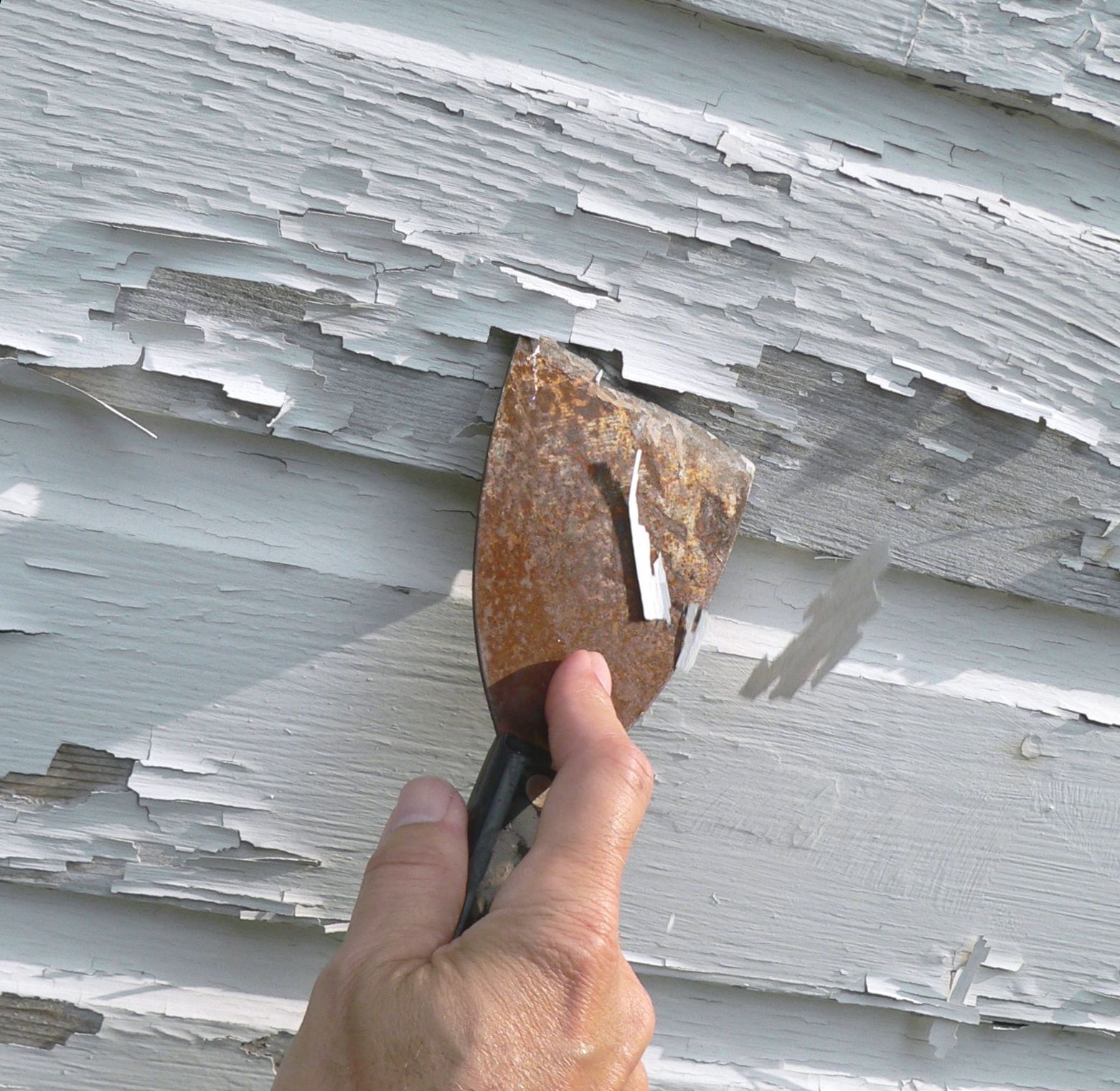Long before we understood the risks, lead was everywhere — in our paint, gasoline, pipes, and even cosmetics. Today, while its dangers are well-known, many older homes still carry this silent threat. And for landlords, the responsibility to manage it properly isn’t just good practice — it’s required.
For decades, lead was a staple ingredient in everyday products. It made paint more durable, pipes more resilient, and gasoline more efficient. But as research uncovered the adverse effects of lead exposure on human health — especially for children and pregnant women — its use was gradually phased out. Leaded gasoline disappeared from U.S. markets by the mid-1990s, and in 1978, the federal government banned the use of lead- based paint in residential construction.
Yet for millions of homes built before 1978, the danger still lingers in walls, trim, windows, and doors. And with every opened window or sticky door, lead dust is released into the air.
Why Lead is a Threat
Mechanical components containing lead absorbed into the bloodstream may result in irreversible damage to the brain and nervous system. Children are especially vulnerable because they’re more likely to encounter lead dust and peeling paint in areas where they eat and play. Children's bodies absorb lead more readily than adults. When ingested, children can absorb up to 4–5 times more lead than that of an adult. This increased absorption means that even minimal exposure can lead to significant blood lead levels in children. The consequences can be serious and long-lasting: stunted growth, learning disabilities, behavioral issues, and problems with hearing and speech development.
Additionally, pregnant women exposed to lead can risk passing it on to their unborn children, also leading to lifelong health complications. Older adults are also considered a vulnerable group, as lead exposure can worsen existing health issues and impair cognitive and neurological function.
Legal Requirements for Landlords
Recognizing the harmful effects of lead paint on children, pregnant women and the elderly, the Environmental Protection Agency (EPA) enforces strict regulations for any pre-1978 homes being rented or sold. If you own or manage rental properties, it’s vital to understand your responsibility to follow and adhere to EPA’s regulations.
In residential property management, landlords are required to provide three critical documents to every tenant before they sign a lease:
Protect Your Family from Lead in Your Home
This EPA-approved pamphlet educates tenants on the risks of lead-based paint and how to protect their household. It is recommended to get written or digital confirmation that the tenant received this document — many landlords now include it as part of their lease packages.
Landlord’s Disclosure of Lead-Based Paint
This form requires landlords to disclose any known information about lead-based paint or hazards in the property, along with any records or reports. Even where state laws do not require landlords to remove lead paint, tenants have a right to be made aware of it so they can decide what’s best for their family’s safety.
Keep in mind, fair housing laws prohibit discrimination based on family status. That means it is not recommended to avoid repairing lead hazards in hopes of deterring families with children from renting.
Lead-Safe Certified Guide to Renovate Right
Landlords are required to provide tenants with the Lead-Safe Certified Guide to Renovate Right pamphlet prior to any renovation, repair, or painting work that could disturb paint in a tenant-occupied, pre-1978 property. While it’s mandatory to deliver this before starting work, many landlords choose to provide it proactively at lease signing, offering peace of mind and legal protection in case of future disputes.
Likewise, any individual or company conducting work that disturbs painted surfaces in these properties must be lead-safe certified — meaning they’ve completed an EPA-approved training course in lead-safe work practices. Failure to comply with this rule can lead to hefty fines, often exceeding $100,000, plus legal fees and significant stress.
A Costly Mistake to Avoid
Many property owners mistakenly believe that ignorance is a defense. It’s not. If a tenant files a complaint, the EPA has the authority to open an investigation and request access to leases, disclosures, and documentation spanning several years. Missing or incomplete records for even a single property can result in steep, compounding fines — a financial burden no landlord wants to face. Protect yourself and your asset by keeping thorough records, providing all required disclosures and pamphlets, and ensuring that any renovation work involving paint is performed by Lead-Safe Certified professionals.
Final Thoughts
Taking proactive measures to maintain compliance will protect yourself from costly penalties and provide your renters with the peace of mind they deserve. If you manage rental properties built before 1978 and haven’t yet familiarized yourself with EPA’s regulations on lead safe work practices, now’s the time. The cost of maintaining compliance with the EPA far exceeds the risks of ignoring it.
Don’t get caught unprepared or out of compliance — invest time and effort into understanding and following the EPA’s lead paint rules and regulations. Safeguard your business, your tenants, and your reputation.












